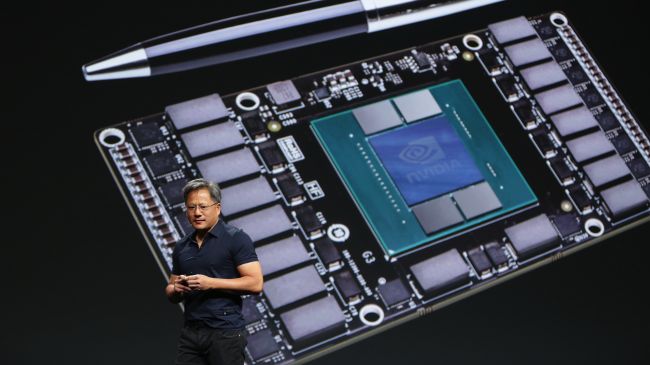Nvidia unveils tiny-but-mighty Pascal GPU family
Gulp up these new GPUs in 2016

You're familiar with 17th century mathematician Blaise Pascal, right? Of course you are.
The name is about to get a lot more familiar for those who follow Nvidia's product roadmap as the Shield maker has announced Pascal as its next line of GPUs.
The new graphics family follows Maxwell and is anchored on three key new features: stacked DRAM, unified memory and NVLink.
Pascal is due to launch in 2016.
What's up with Pascal
Taking a closer look at Pascal's properties, DRAM chips are stacked into tightly packed modules with wide interfaces.
Thanks to this design, Pascal can access memory data more quickly, equating to more throughput and efficiency on a more compact chip. For consumers, this means greater power in smaller devices, with higher bandwidth, more than double the memory and four times the energy efficiency.
Unified memory will let applications take snag memory from both the CPU and GPU, relieving developers of the need to choose resources go where.
Sign up to the TechRadar Pro newsletter to get all the top news, opinion, features and guidance your business needs to succeed!
NVLink essentially means that a fatter pipe has been constructed between the CPU and GPU, one that lets data flow through at 80GB/second. That's a significant boost over the 16GB/second speeds currently available, Nvidia claimed.
Finally, Nvidia noted its Pascal modules are one-third the size of standard boards currently on the market.
Michelle was previously a news editor at TechRadar, leading consumer tech news and reviews. Michelle is now a Content Strategist at Facebook. A versatile, highly effective content writer and skilled editor with a keen eye for detail, Michelle is a collaborative problem solver and covered everything from smartwatches and microprocessors to VR and self-driving cars.
